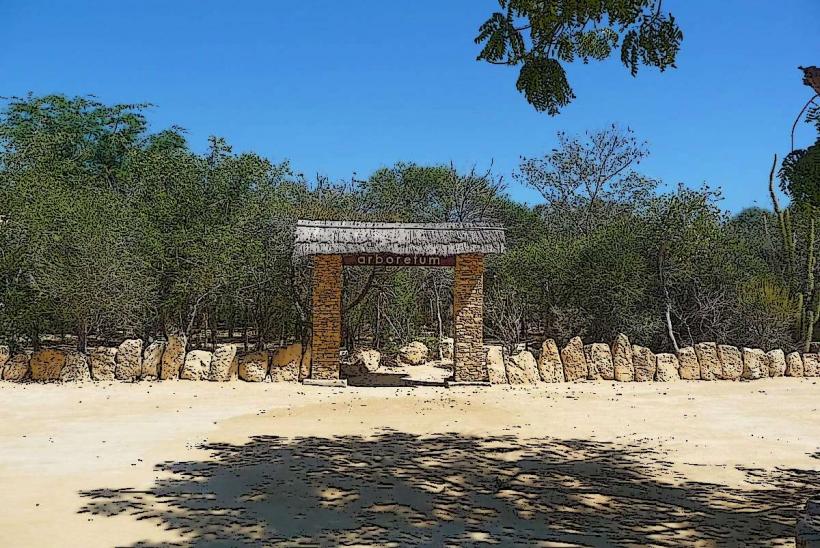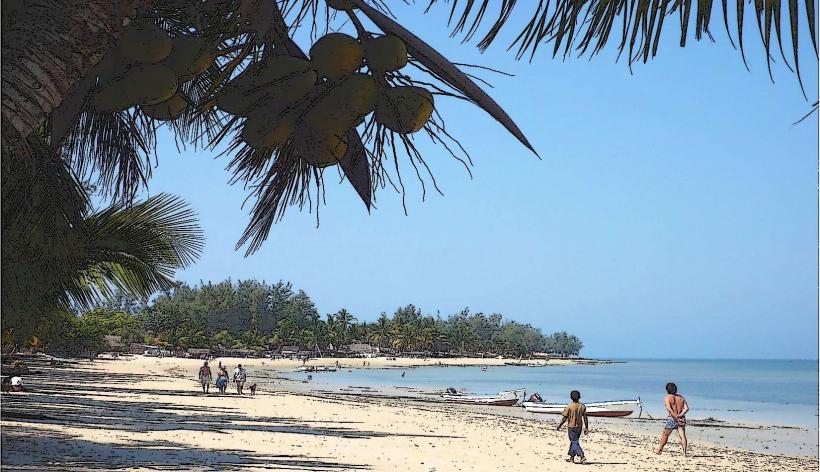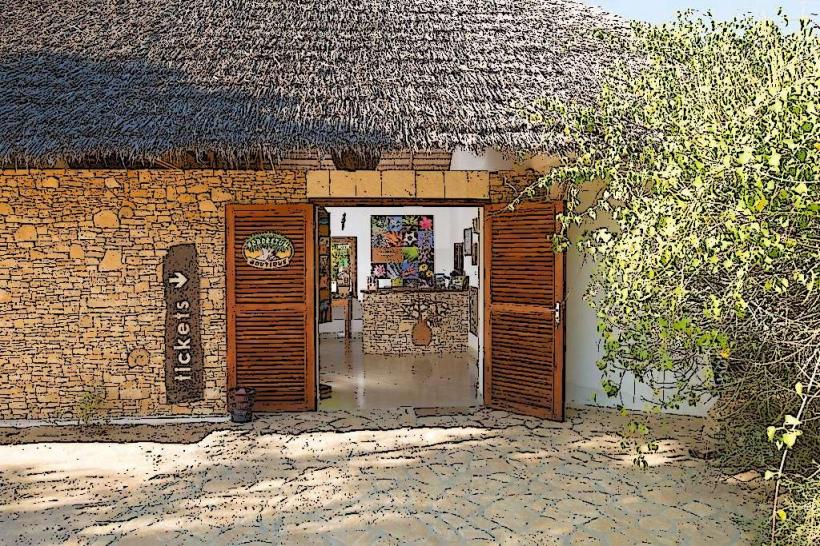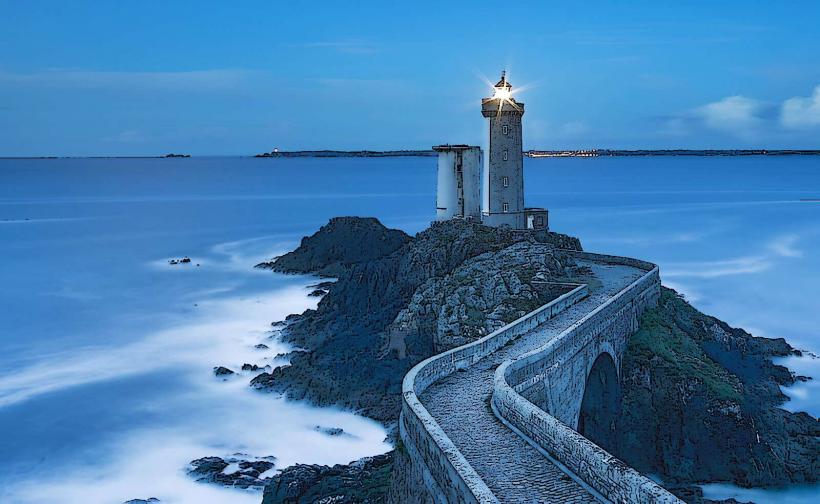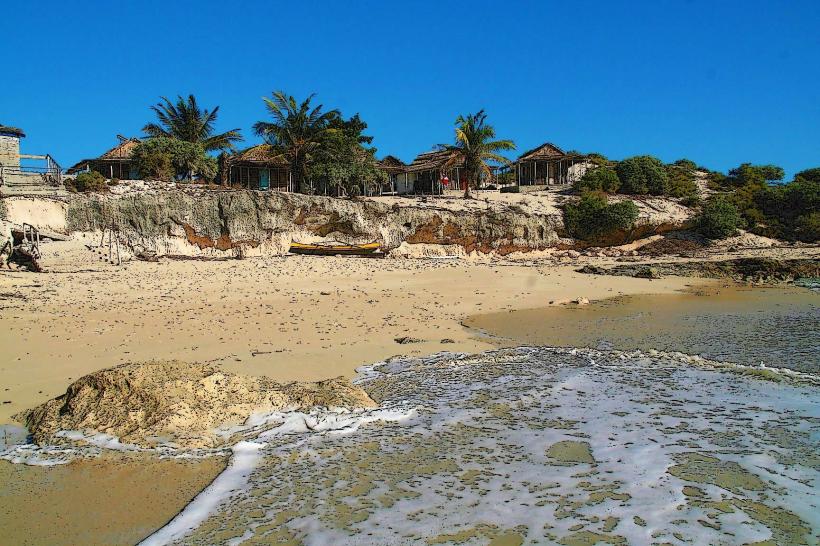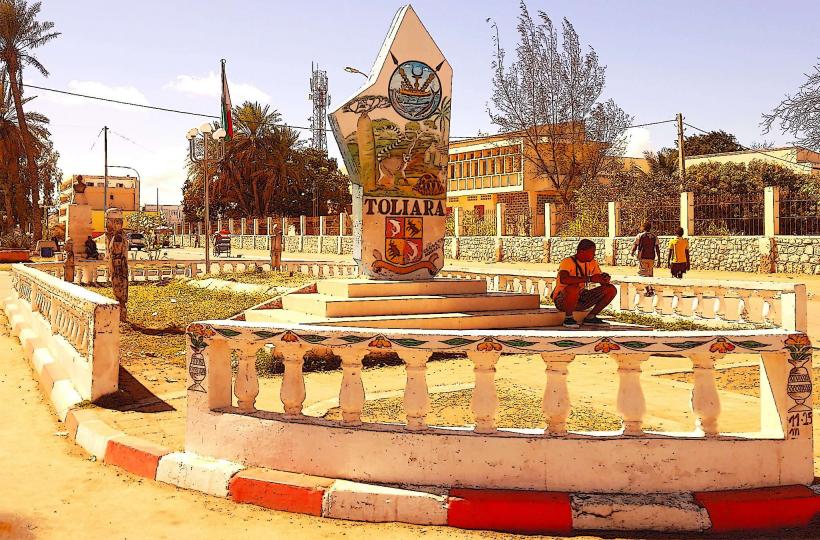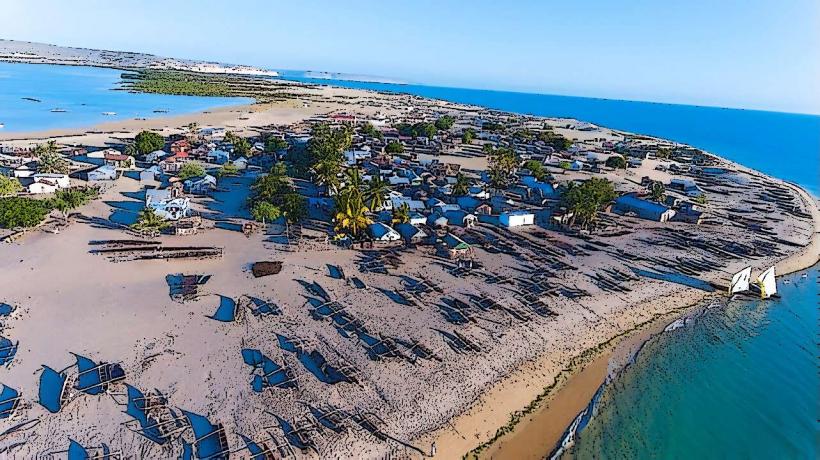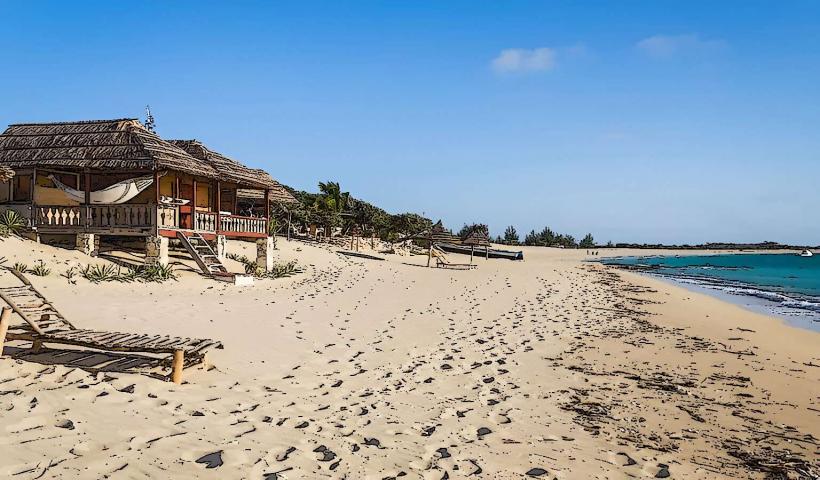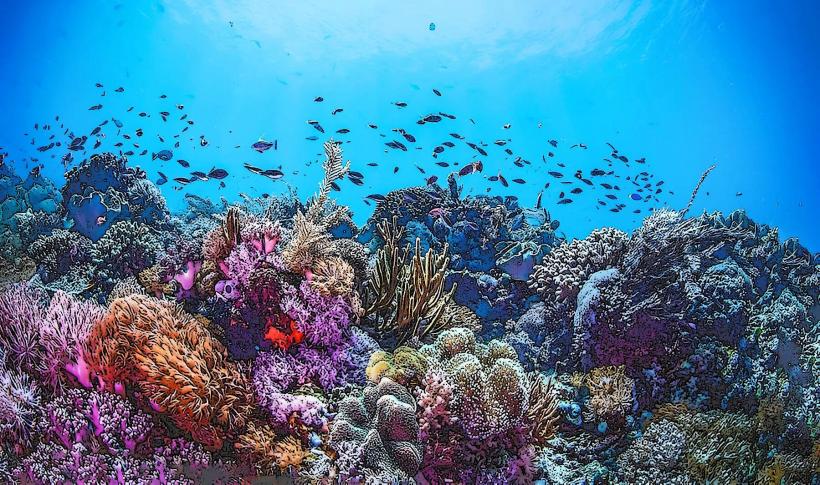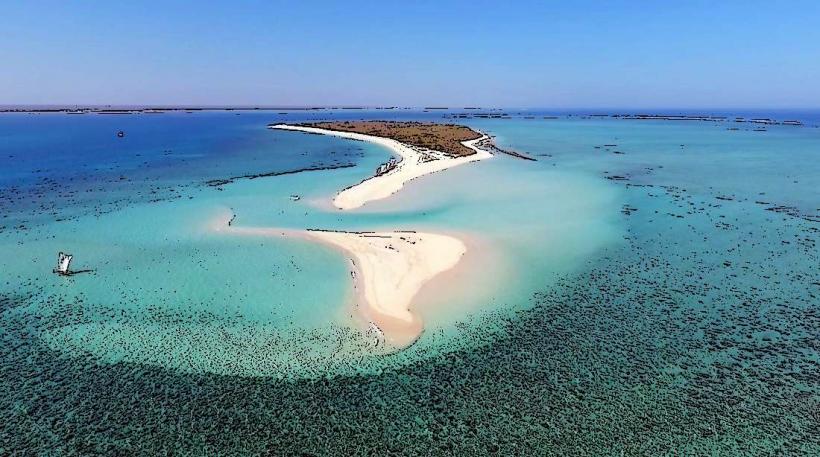Information
Landmark: Reniala ReserveCity: Toliara
Country: Madagascar
Continent: Africa
The Reniala Reserve is a protected area located in the southwest of Madagascar, near the town of Toliara. It is a private reserve known for its unique biodiversity, especially its focus on preserving the spiny forest ecosystem, which is a key feature of the region. The reserve plays an important role in conservation efforts and offers an educational and ecotourism experience for visitors interested in Madagascar’s extraordinary flora and fauna.
Location:
- Reniala Reserve is situated about 20 km (12 miles) north of Toliara, in the Atsimo-Andrefana region, along the southwest coast of Madagascar. This area is known for its dry, spiny forest, one of the most distinctive ecosystems on the island, and one that is under threat from deforestation and land use change.
History and Purpose:
- The Reniala Reserve was established by the Reniala Association in 1997 to conserve the unique flora and fauna of the region, especially the spiny forest, which is one of Madagascar’s most endangered ecosystems.
- The reserve is managed in partnership with local communities to promote sustainable use of natural resources and educate people about the importance of conservation.
Biodiversity:
The Reniala Reserve is rich in endemic species, particularly those adapted to the harsh, arid conditions of the southwest region. It is home to a wide variety of plants and animals, some of which are found nowhere else in the world.
Flora:
- Baobabs: The reserve is home to several species of baobabs, including the iconic Adansonia grandidieri, the Grandidiera species, and the Adansonia rubrostipa, all of which are unique to the spiny forest of Madagascar.
- Spiny Forest Plants: The reserve contains a large variety of spiny forest plants, such as Alluaudia, Didierea, Euphorbia, and Pachypodiums, which are adapted to the dry, xerophytic environment.
- Other notable plants include species of Aloe, Ravenea palms, and various species of succulents and cacti, which are well adapted to drought conditions.
- The reserve is home to a variety of endemic animals, including lemurs, such as the ring-tailed lemur (Lemur catta) and the sifaka lemur species, which inhabit the spiny forest.
- A wide variety of chameleons are found in the reserve, including the Parson's chameleon and the Panther chameleon.
- Numerous bird species, such as the Madagascar harrier-hawk and Vanga species, inhabit the reserve, and it also provides a habitat for a variety of insects and other small fauna.
Landscape and Features:
- Dry Spiny Forest: The main habitat in the Reniala Reserve is the dry spiny forest, which is characterized by its unique plant species that are adapted to very dry conditions with minimal rainfall.
- Baobab Trees: The famous baobab trees of Madagascar are one of the key features of the reserve. These large, iconic trees are known for their distinct, bottle-shaped trunks and can live for thousands of years. The species found in the Reniala Reserve are an important focus of conservation efforts.
- The reserve also contains small wetlands and patches of grasslands, which provide a contrast to the otherwise arid landscape.
Conservation Efforts:
- Sustainable Resource Management: The Reniala Reserve collaborates closely with local communities to promote sustainable land management practices, focusing on conserving the native plants and wildlife while providing local people with economic benefits through eco-tourism and responsible resource use.
- Habitat Restoration: The reserve also works on habitat restoration projects, focusing on reforestation and planting native species to restore areas that have been degraded by human activities.
- Research: The reserve serves as a base for scientific research on the flora and fauna of the spiny forest, contributing to the growing body of knowledge on Madagascar’s biodiversity and the threats it faces.
Visitor Experience:
- Ecotourism: The Reniala Reserve offers visitors the chance to explore the unique spiny forest through guided tours led by local guides. These tours provide insight into the distinctive ecology of the region and the importance of conservation.
- Wildlife Viewing: Visitors can see a range of lemurs, chameleons, and other wildlife in their natural habitat. Birdwatching is also a popular activity, as the reserve is home to numerous endemic bird species.
- Cultural Interaction: The reserve also offers opportunities to engage with the local Vezo communities, who live in the surrounding area and have traditional knowledge about the region’s plants and animals. The local communities are involved in conservation efforts, and visitors can learn about their sustainable practices and ways of life.
Accessibility:
- The Reniala Reserve is easily accessible from Toliara, and visitors typically travel by car or taxi to reach the site. The roads leading to the reserve can be rough, especially during the rainy season, so it’s recommended to use a 4x4 vehicle for better access.
- It is best to visit during the dry season (April to October) to avoid the heavy rains and difficult road conditions.
Significance:
- The Reniala Reserve is a crucial site for preserving the unique biodiversity of Madagascar’s spiny forest, which is one of the most biologically rich and ecologically fragile ecosystems in the world.
- The reserve contributes significantly to conservation efforts in Madagascar, where rapid deforestation and habitat loss have put many species at risk of extinction.
- The Reniala Reserve is a key destination for eco-tourism in Madagascar, helping raise awareness about the importance of protecting the island’s unique ecosystems while supporting the local economy through sustainable tourism.
Conclusion:
The Reniala Reserve is an essential part of the conservation network in Madagascar, providing a refuge for some of the island's most unique and endangered species. Its role in promoting sustainable practices and eco-tourism while preserving the fragile spiny forest ecosystem makes it a significant location for both environmental protection and educational tourism.

